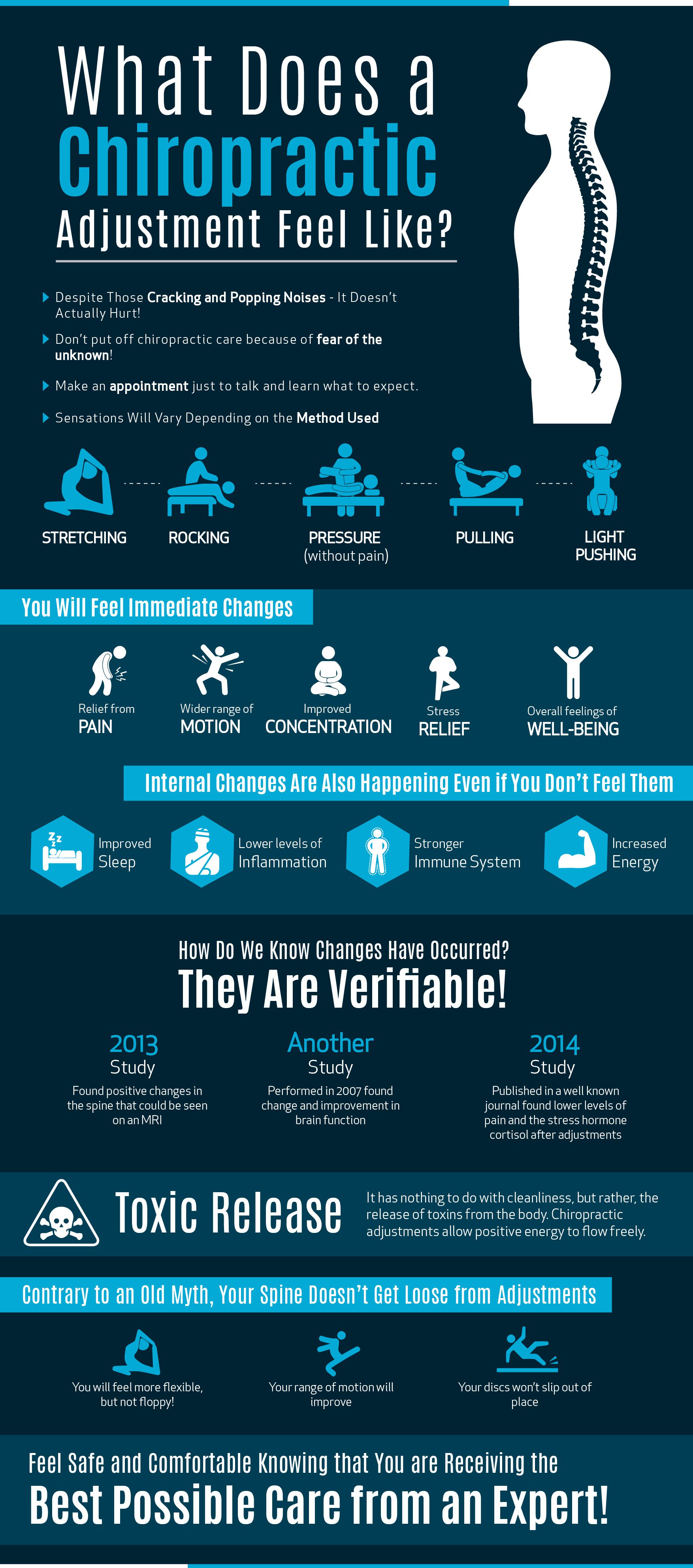A Thorough Guide To Designing An Ergonomic Office Focused On Stopping Neck Discomfort: Step-By-Step Recommendations
A Thorough Guide To Designing An Ergonomic Office Focused On Stopping Neck Discomfort: Step-By-Step Recommendations
Blog Article
Created By-Frazier Eriksen
To avoid neck pain at your workstation, guaranteeing your setup is ergonomically audio is essential. Imagine a work area where each component is customized to sustain your body's alignment and lower stress. By adhering to a few easy actions, you can transform your workdesk location right into a haven of convenience and performance. Yet how specifically can you achieve this unified balance in between work and wellness? Allow's explore the crucial tips to produce an ergonomic work area that will maintain neck discomfort at bay.
Assess Your Current Arrangement
Wondering if your current office is contributing to your neck pain? Take a moment to examine your configuration. Begin by looking at your computer monitor. Is it at eye degree, or do you find yourself frequently seeking out or down? Change the screen to ensure that your look is naturally according to the top of the screen.
Next, consider your chair. Are you slumping over or stooping over while you function? Your chair needs to sustain your reduced back and promote great pose. Change the height so that your feet are level on the floor and your knees are at a 90-degree angle.
Take note of the setting of your keyboard and computer mouse. Are they within very easy reach, or are you frequently getting to and straining your arms and shoulders? Maintain these tools near to your body to reduce unneeded movements.
Last but not least, think of your illumination. Is it as well intense or too dark? click now can minimize eye stress and ease stress in your neck. Make these little adjustments to create a more ergonomic work space and aid relieve your neck pain.
Readjust Your Chair and Desk
To produce an extra ergonomic workspace and lower neck discomfort, making sure proper change of your chair and workdesk is essential. Begin by changing your chair to make sure that your feet remainder flat on the floor, knees are at a 90-degree angle, and your lower back is sustained by the chair's back support. Your desk should go to elbow joint height to preserve appropriate arm position and decrease stress on your neck and shoulders. See to it there suffices space under the desk for your legs to relocate conveniently.
When changing your workdesk height, guarantee your wrists stay straight while keying and using the computer mouse. Your display must go to eye degree, regarding an arm's length away, to stop you from stressing your neck by looking down or up. Maintain your keyboard and computer mouse near avoid overreaching, which can cause shoulder and neck discomfort.
Bear in mind to take breaks and stretch regularly to avoid rigidity and promote blood circulation. By appropriately readjusting your chair and workdesk, you can produce a work space that sustains good posture and decreases the danger of neck pain.
Position Your Display and Key-board
For optimal comfort designs and to alleviate neck strain, correct positioning of your monitor and key-board is crucial in your workspace configuration. Begin by putting your monitor straight before you at arm's length away, making certain the top of the display goes to or slightly below eye level. This helps in reducing pressure on your neck by maintaining it in a neutral position.
Placement the key-board to ensure that your elbows are curved at a 90-degree angle and your wrists are straight while inputting. Your key-board ought to be placed at an elevation that enables your shoulders to remain relaxed and your arms to be alongside the floor. In addition, ensure the mouse is put beside your keyboard at the exact same degree to avoid getting to or turning.
Keep in mind to take short breaks to extend and adjust your stance throughout the day, maintaining good alignment and avoiding neck pain. A well-organized office with effectively placed display and key-board can significantly impact your convenience and productivity.
Conclusion
Finally, by complying with these straightforward steps to create an ergonomic workspace, you can substantially reduce neck discomfort and pain. Remember to evaluate your existing setup, change your chair and workdesk, and position your display and keyboard properly. By taking these positive procedures, you can enhance your general comfort and productivity while working.
